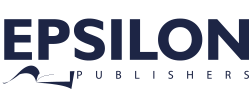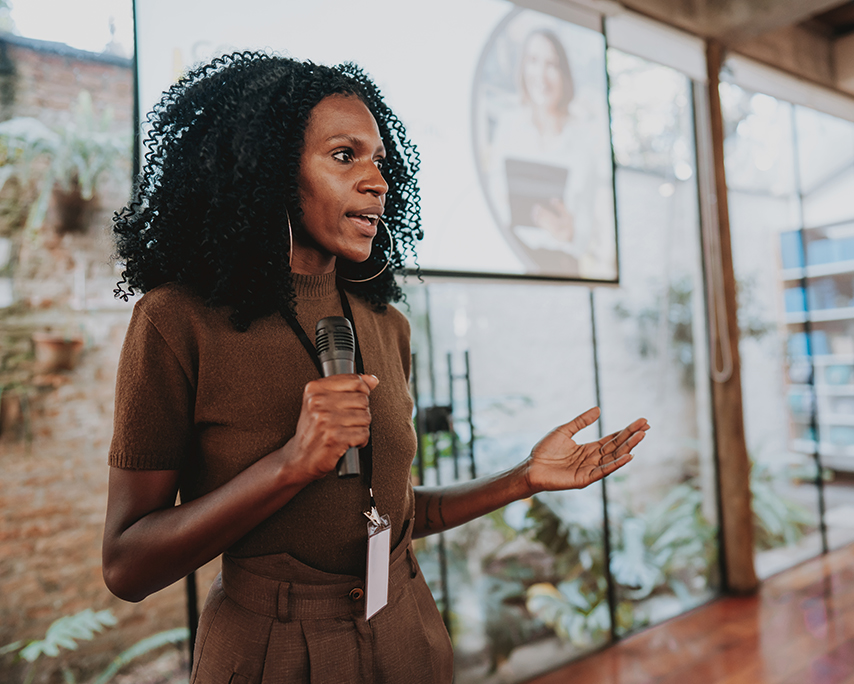Where good content goes to die: in reports and policies
There is a graveyard most people do not talk about, but professionals across Africa know it well. It is not the dusty archive or forgotten Dropbox folder. It is the realm of reports and policy documents—the place where good content goes to die.
Bold? Maybe. But across the continent, some of the best thinking, clearest insights, and most innovative recommendations are being buried alive in documents that no one reads, understands, or uses. It does not have to be this way.
The problem is not the thinking. It is the translation.
Africa is not short on ideas. From government agencies and research institutions to grassroots organisations and technical consultants, there is a wealth of local knowledge being generated every day.
But too often, that knowledge gets trapped in long, jargon-heavy reports, formatted into inaccessible layouts; written for donors, not communities or decision-makers it is meant to serve; translated into English or French without attention to cultural nuance; and printed and filed, never distributed, discussed, or implemented. In these cases, the report or policy becomes a dead end instead of a tool for change.
Why this keeps happening
There is no single villain perpetuating this—just a broken process. A few things contribute to the problem. First, editing is usually rushed or skipped, because the deadline is for submission, not impact. Second, design is treated as a decoration, not communication. Third, the translation is literal; there is no context. Lastly, there is more focus on deliverables than delivery—checking boxes, not moving the needle.
The result? Reports that no one finishes, policies that no one implements, and brilliant ideas that never reach the people who need them.
The cost of lost knowledge
When we bury good content in bad documents, we do not just waste effort—we waste opportunity. We miss the chance to influence better decisions, share African-grown solutions, equip communities with relevant information and build a credible body of local expertise. And worse, we contribute to the very problem we often speak out against: the underrepresentation of African voices in global knowledge ecosystems.
The remedy
A publication is brought to life through clear, rigorous editing that makes the message sharp and credible. Graphic design supports the understanding of the document. It goes beyond aesthetics. Being aware of cultural nuances, especially in translation bridges language gaps without losing the meaning of the report. When publishing is done right, reports and policies do not bury ideas—they amplify them.
.



